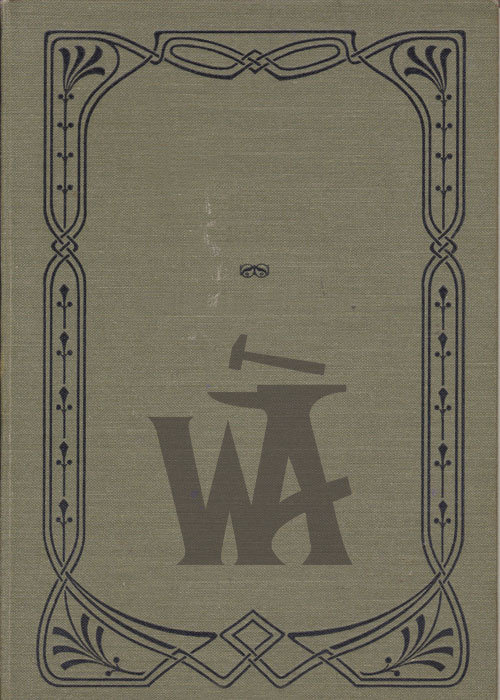Although it may seem inconsequential, it must be noted the strange phenomenon of the country "Aluvia" sharing its name with the world "Aluvia", which takes its name from the goddess, Aluvia, whom it is said to be the embodiment of the natural world. One can understand with a certain simplicity that the goddess and the world itself are to be inferred as one and the same, but this does not explain why the home of the Alunir is also called Aluvia. Certainly the implication cannot be that the High Elves are one with the world, else their individualism would go unexplained. Nor is it deniable that the Alunir hail from the Fae Wilds, as all archaeological and religious findings lead to this conclusion. So where does this strange choice in nomenclature originate? To find the answer, we must look to the beginning of the country Aluvia.
Aluvia as we know it in the Ninth Era emerged at the beginning of the Eighth, after the Third Frost subsided and global temperatures returned to a state of stability. From all remaining texts dated back to a time six thousand years prior to the penning of this page, we know that the Alunir's population was decimated by the long, harsh winters, but that several of the more established families were able to survive through proper resource management, and through the knowledge the indigenous elves gained from previously surviving on the continent through both the First and Second Frost. Chief of those surviving families was Aluventria. From the understanding of their survival, we know that Aluventria must have survived on their current landmass since before the First Frost, one hundred thousand years ago. By all known record. Said landmass was still known as Aluvia. To reiterate, the continent of the High Elven courts has been Aluvia for over twenty percent of recorded history.
Recordings past this point become more uncertain as it was around this point that the written language of the Alunir changed into what we currently understand as Elven today. Before this point, the elven language becomes one that fewer and fewer scribes are able to decipher. However, thanks in no small part to a groundbreaking archaeological discovery in 9E 24, we have a small glimmer of hope. A stone tablet dating back five hundred thousand twenty-four years. A stone tablet written in common. This discovery completely recontextualizes our foundational understanding of how humans and elves coexisted towards the beginning of the First Era. Amazingly, the tablet confirms something which has eluded linguists for eons. Common in the First Era was almost identical to common in the Ninth.
Not only do we have a common language, practiced by almost every civilization in the modern day, which dates back to the dawn of man, but the aforementioned discovery appears to have been a historical record written in both crude common and Aluvian. Yes, the language, Elvish, was originally called Aluvian. Aside from this, the text on the tablet makes no distinction between the Aluvian state and that of the world. This would contradict everything previously stated in this chapter if not for one thing: Tectonics.






